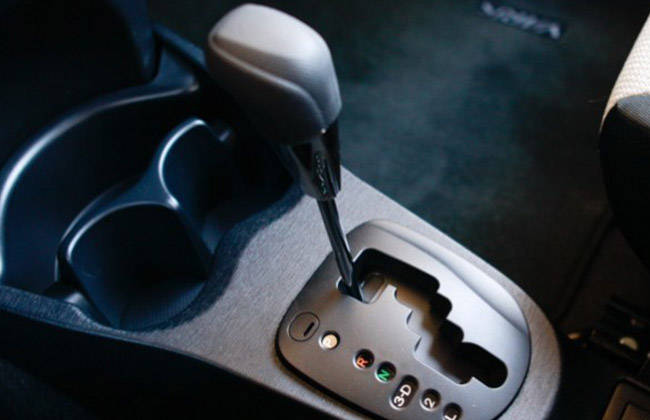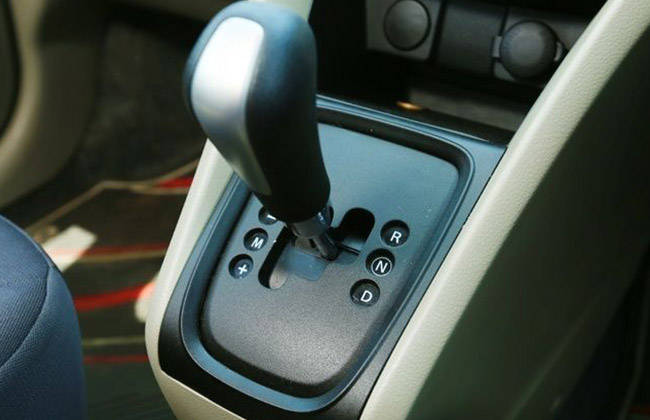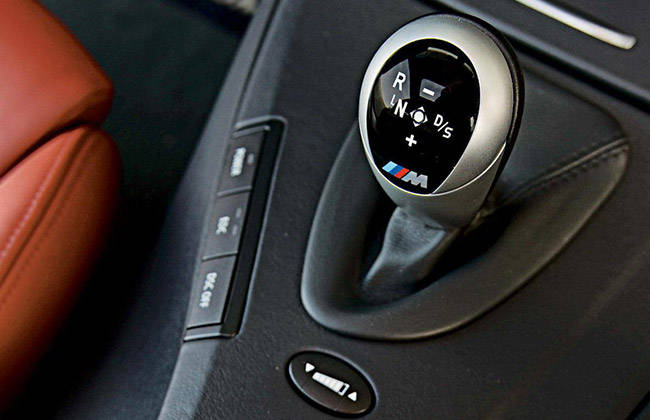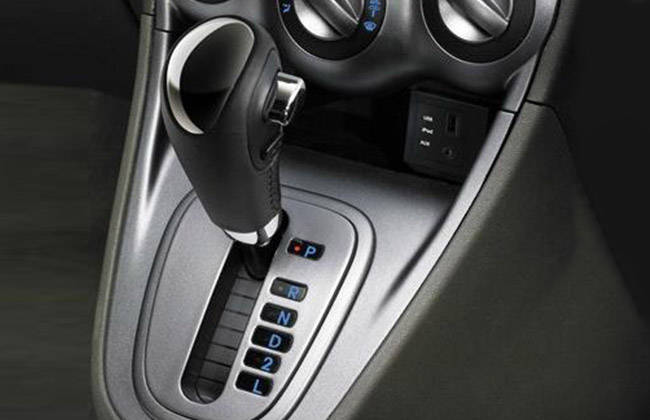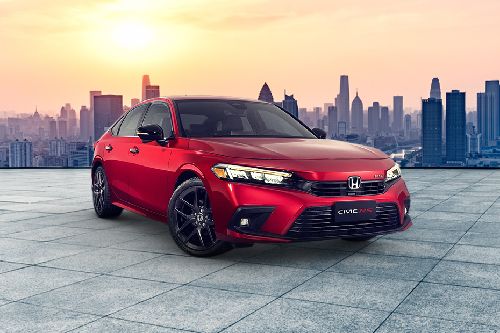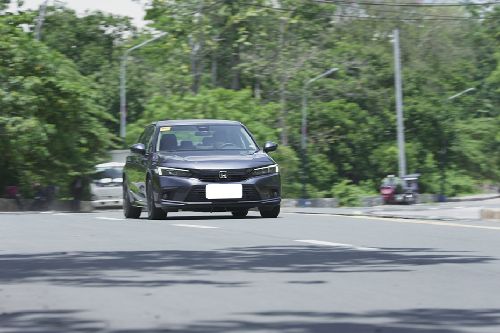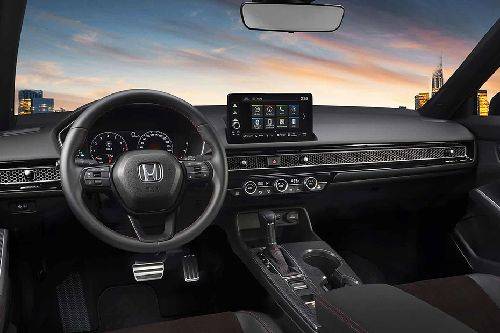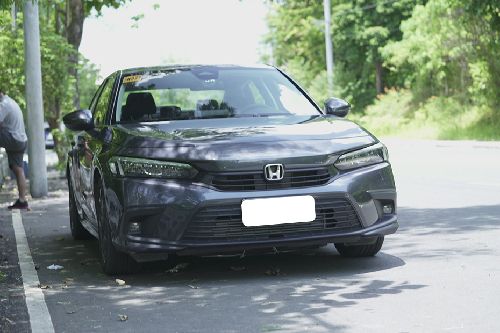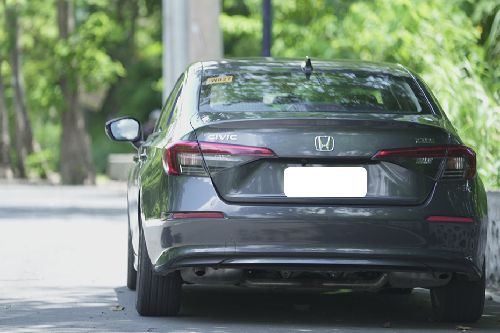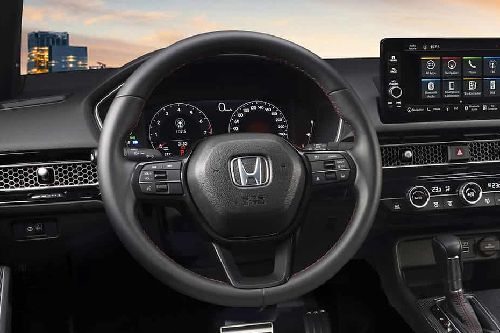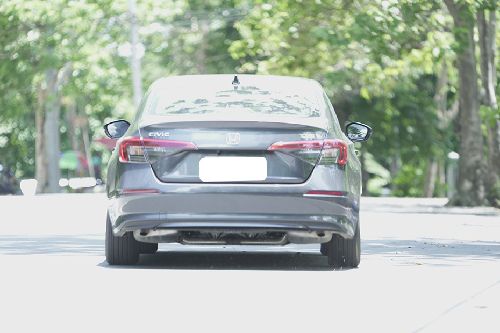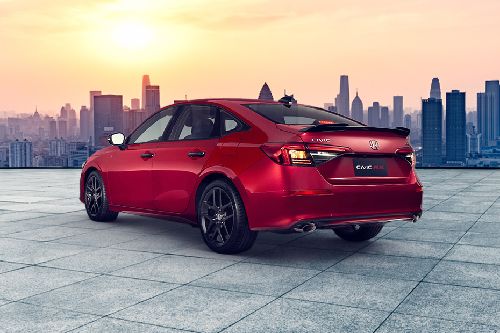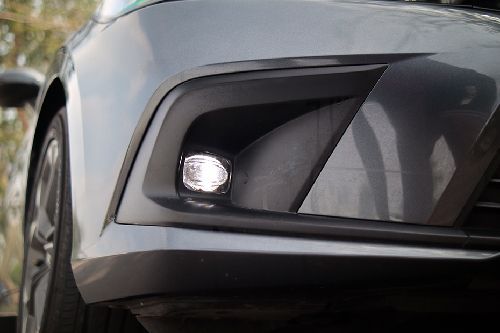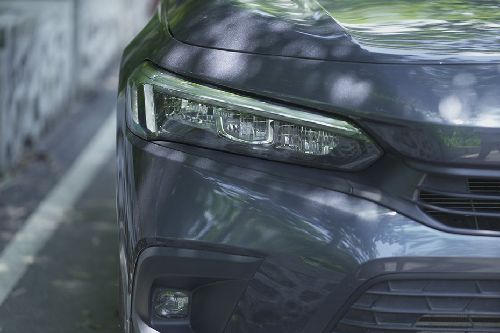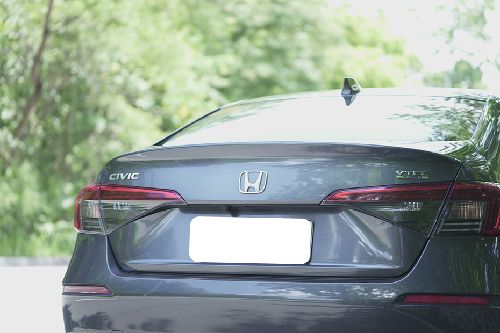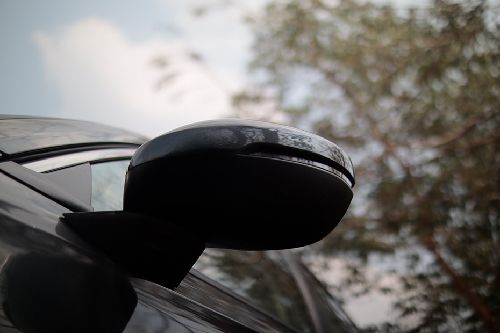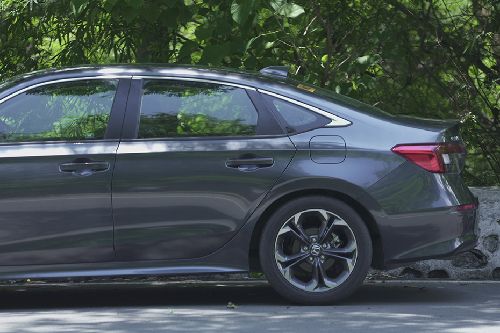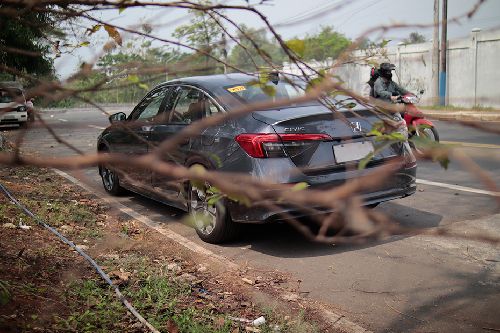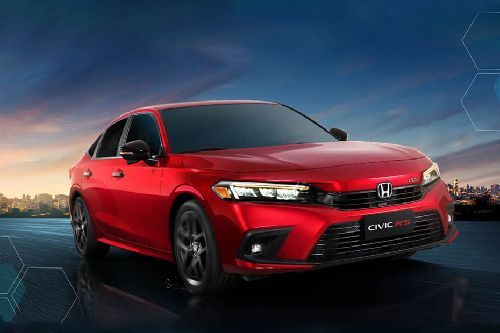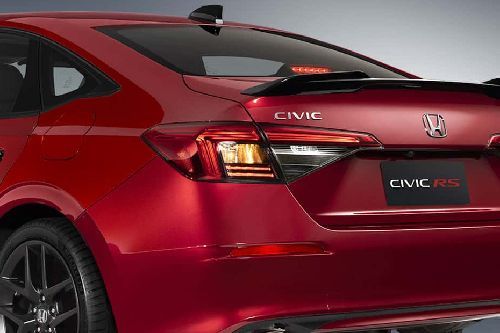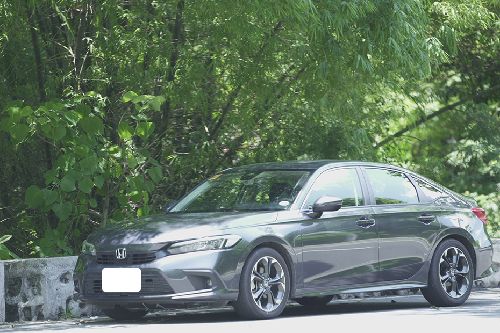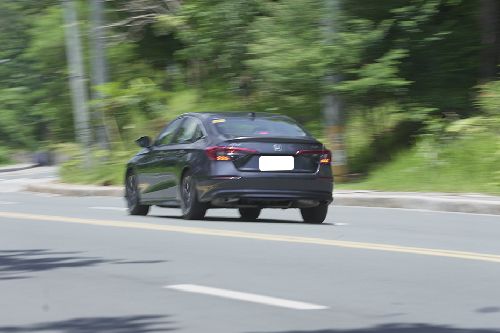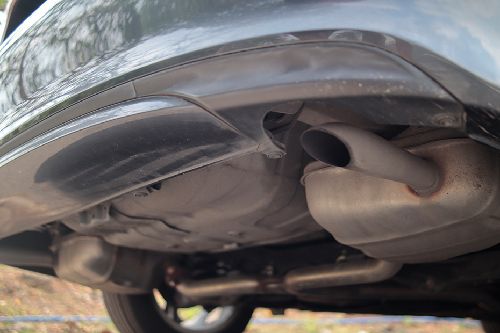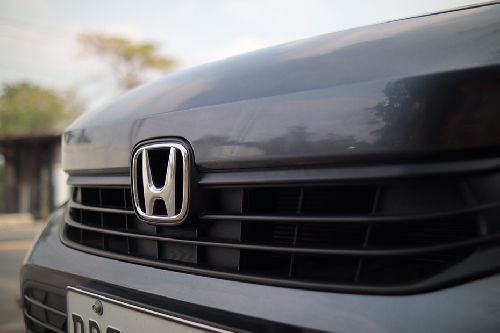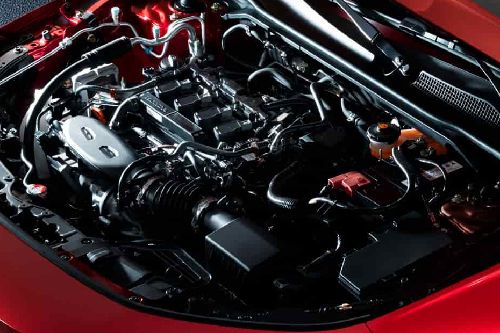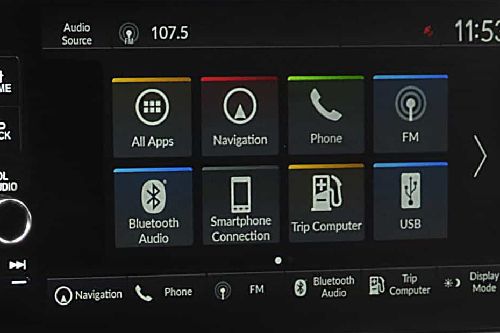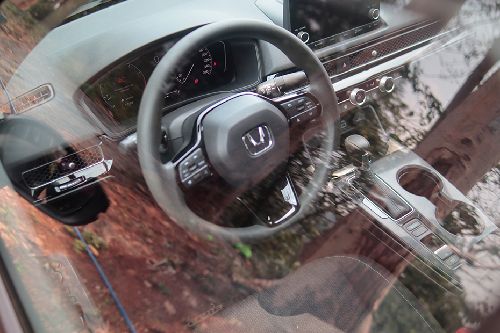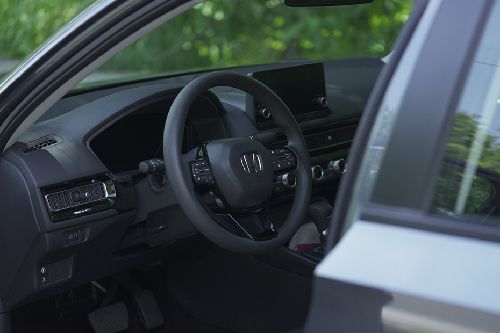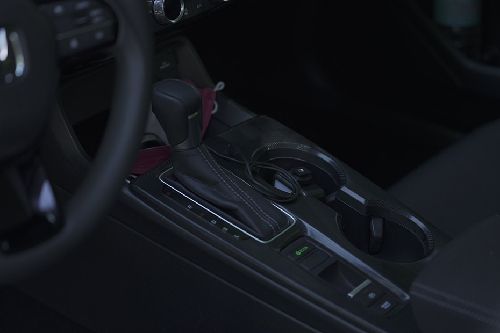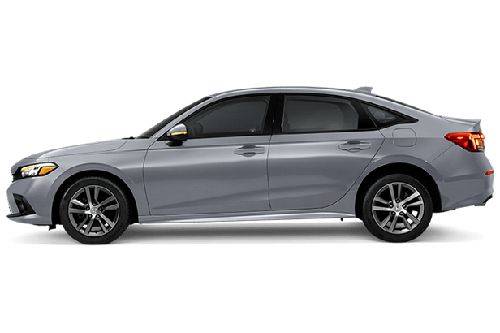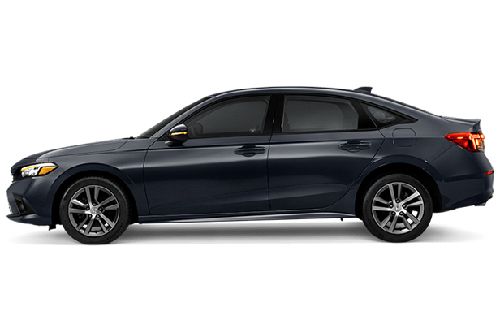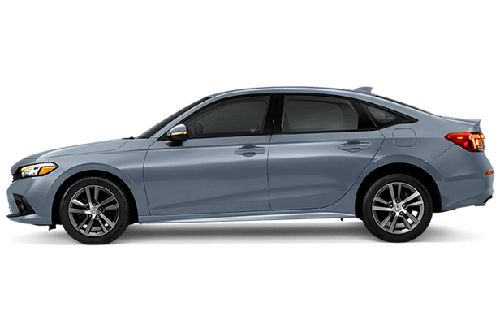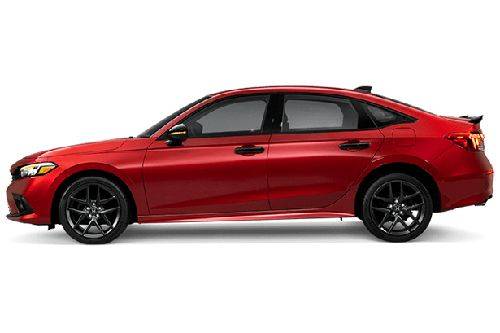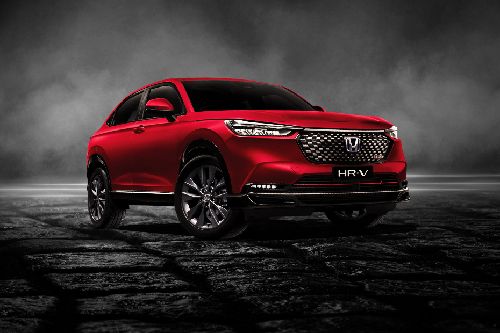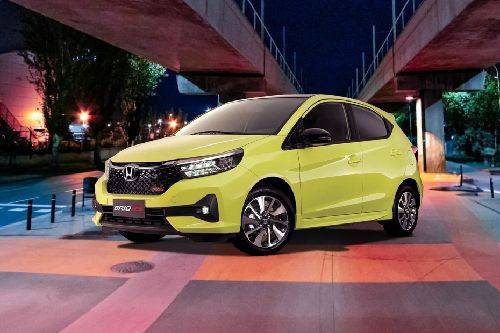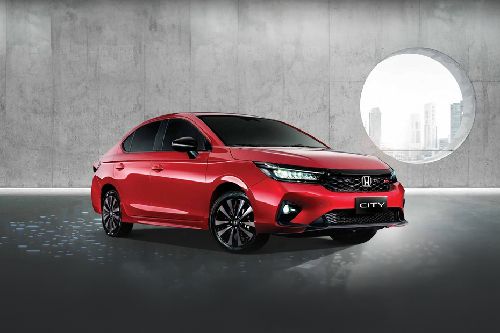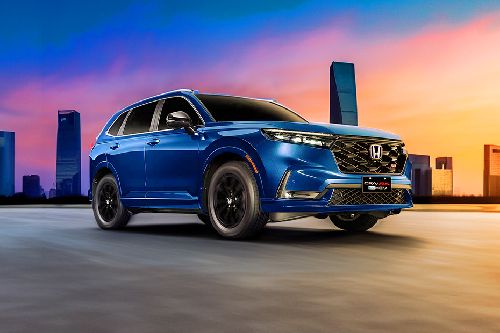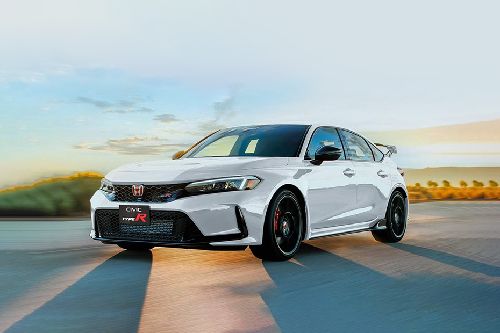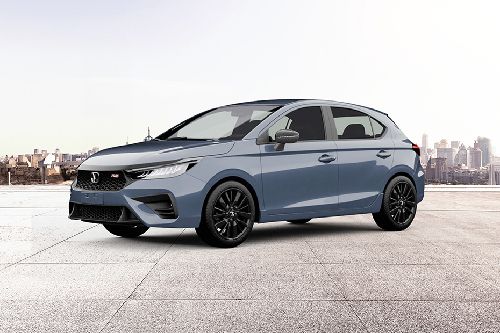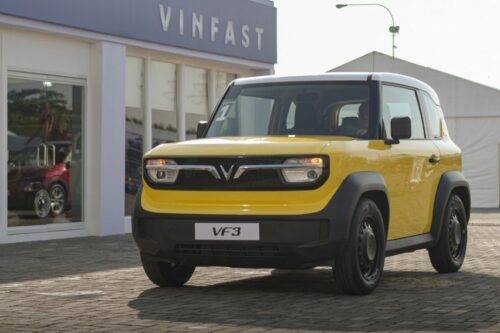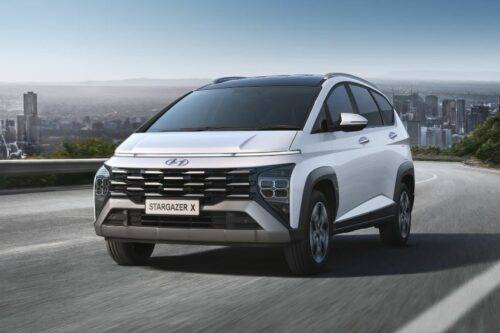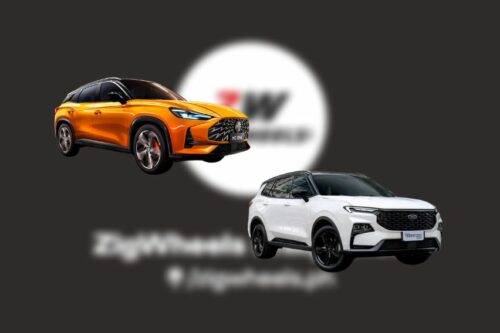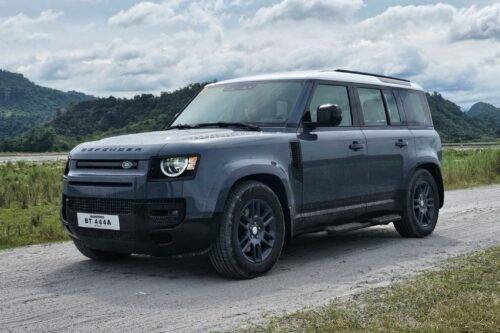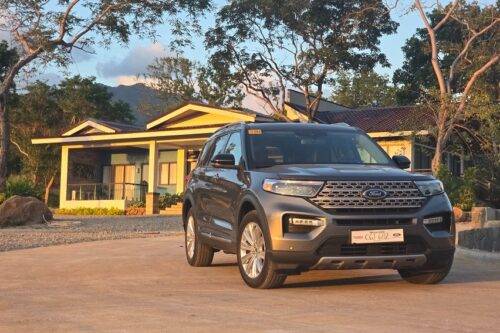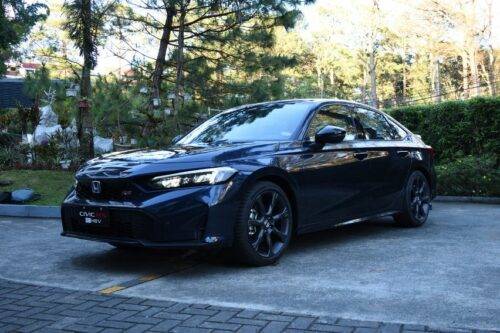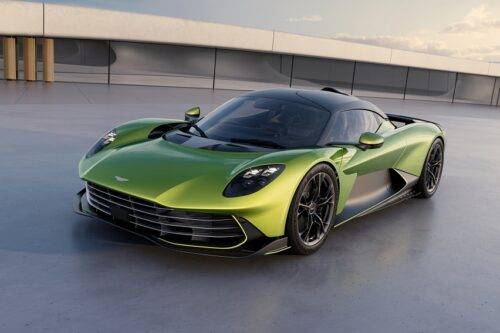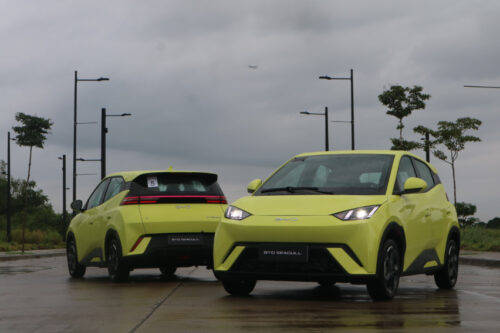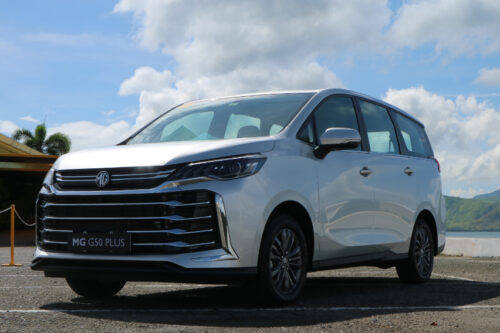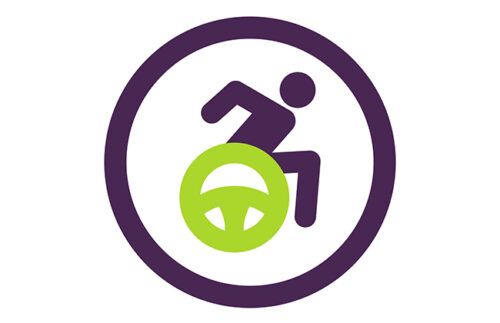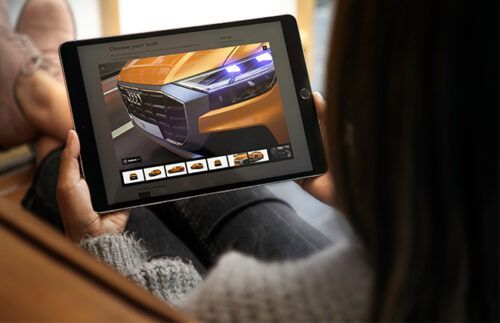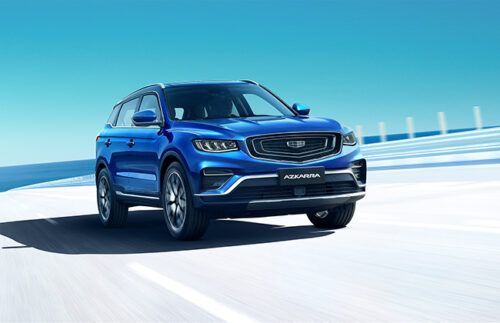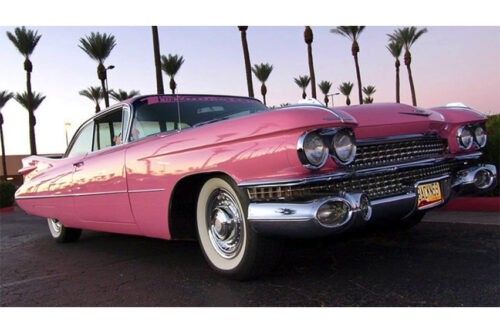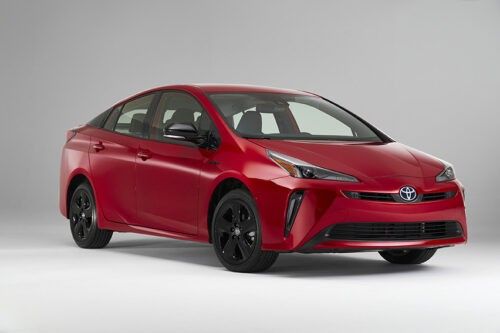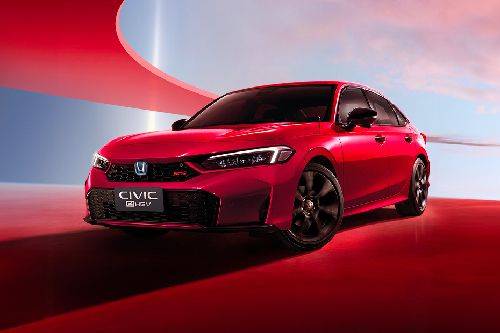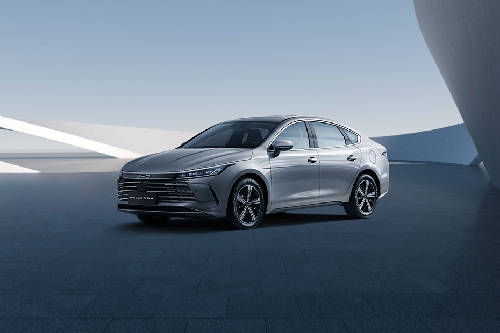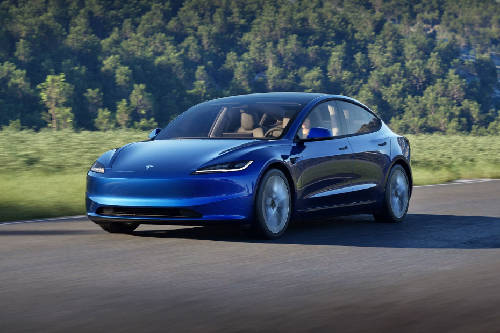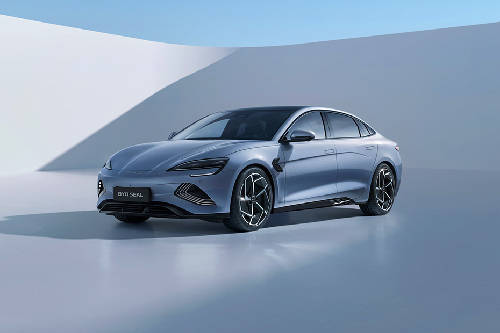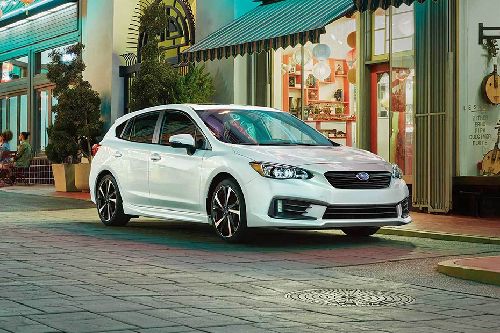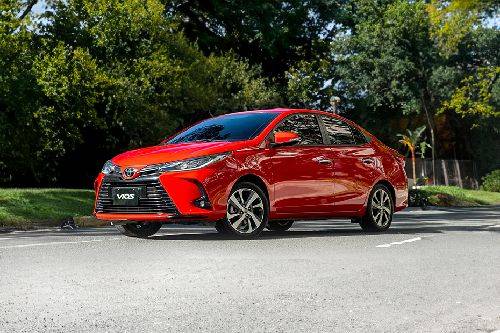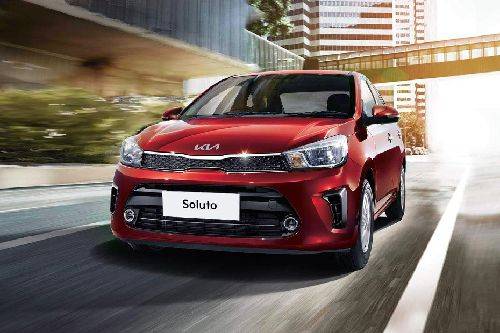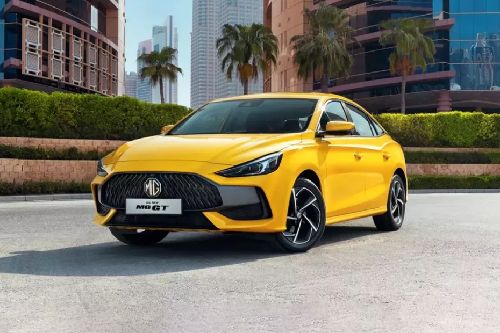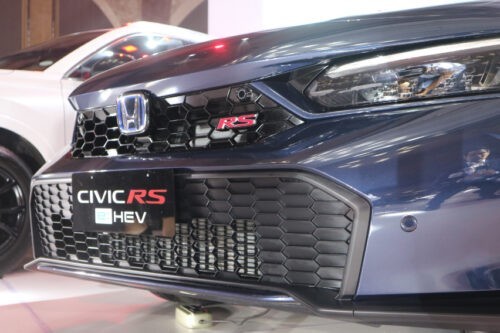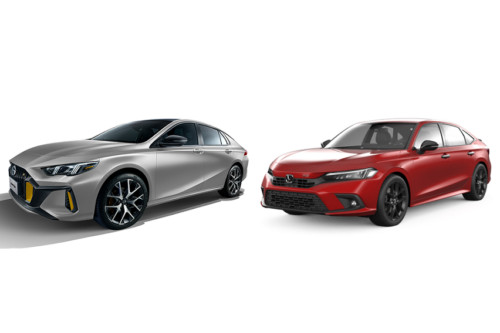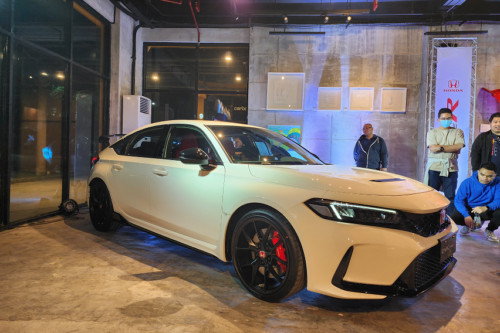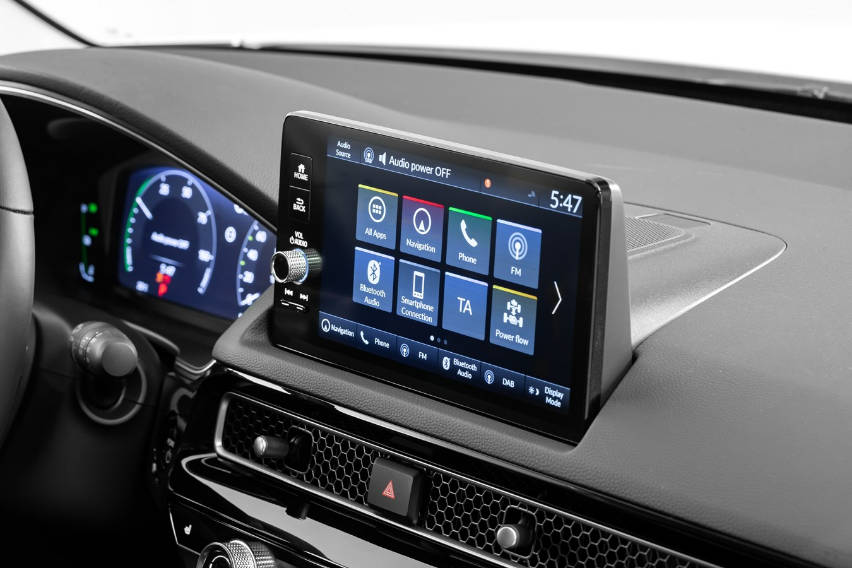A Deeper Look on Automatic Transmissions

MANILA: As a kid we all grew up seeing our dads shifting gears by the integrated manual gearbox that accentuates lower down that centre console. But, with time and advancement in the automotive world, everything has been modified, thankfully for the good. Once seemed, the daunting mechanisms are now implemented with ease by each global auto brand in their models. Say, for example, automatic transmission, which was once an exclusive feature for a car to adhere and was limited to just luxury and top of the line models are now being included in every car model be it a hatch, sedan, SUV or the high in demand crossover. The automatic transmission is further diversified into four popular categories namely, Conventional Automatic Transmission, Automated Manual Transmission, Continuously Variable Transmission and Dual-Clutch Transmission. Have you ever gone deep in understanding how these systems actually work? Probably not. So, here is a chance to get close and know better about these transmissions. However, it won’t grant you a master’s degree in the same but definitely, would take you through the actual working of aforementioned systems while getting you aware of how these differ from one another.
Conventional Automatic Transmission
The most conventional from the available transmissions is the automatic transmission (AT) that allows the driver to sit back and relax while the gears shift automatically from the word go. Taking you deep to the mechanism, it involves three components including planetary gearset, hydraulic/fluid coupling and hydraulic controls. The former is responsible for changing gears by locking and unlocking planetary gears. It is also referred as Torque converter. Planetary gearset is another important aspect of the transmission, which takes care of the gear ratios and shaft’s rotation speed. Lastly, it has a hydraulic control between the torque converter and planetary gearset that controls the clutches and alters the output speed of the vehicle.
Automated Manual Transmission
The latest mechanism in this field is the Automated Manual Transmission, which isn’t a clutchless gearbox rather it works electronically without the need for the driver to press it. It is basically a kit that can be fitted to a conventional manual gearbox. However, there isn’t a clutch pedal present and is often referred to as the Semi-Automated Transmission. It involves two main aspects, hydraulic actuator system and electronic control unit. These two components are responsible for engaging and disengaging the clutch in order to achieve smooth shifting of gears.
Dual-Clutch Transmission
As the name suggests, it includes two clutches instead of one. One for the odd gear set while the other for even gear set. There are two gearboxes in the housing of one. The first clutch will engage with the odd number gear while the system checks for the next possible even gear to be engaged and keeps the second clutch ready for the engagement and does the task when required. DCT comes same as others that are without a clutch pedal and P,R,N and D gear selector. The shifting and controlling of gears can be done manually with either paddle shifters of with a separate control that can be found on the gear selector.
Continuously Variable Transmission
This is the most peculiar clutchless transmission amongst others as it doesn’t have multiple gears like you have seen in other transmissions. Normally, the transmission system has a number of finite gears that are responsible for the acceleration of the vehicle, but incase of CVT, you’ll enjoy the ride via special gear, which variably shifts across all the driving conditions through a continuous range of gear ratios. According to your throttle action, the engine’s speed can be controlled for acceleration as well as deceleration.
Each transmission system has its own good and bad points, so it’ll be difficult to comment on the statement that which gearbox is the best? Hence, we’ll keep our fingers on the lips on the same and leave it to you to make a choice.
Also Read: 5 Futuristic Features In Cars
Sell your car at the best price
 Verified and genuine buyers
Verified and genuine buyers
-
Explore Honda Civic
Honda Car Models
PIMS 2024
Trending & Fresh Updates
- Latest
- Popular
You might also be interested in
- News
- Featured Stories
Honda Featured Cars
- Latest
- Upcoming
- Popular
Latest Honda Civic Car Videos on Zigwheels

Compare & Recommended
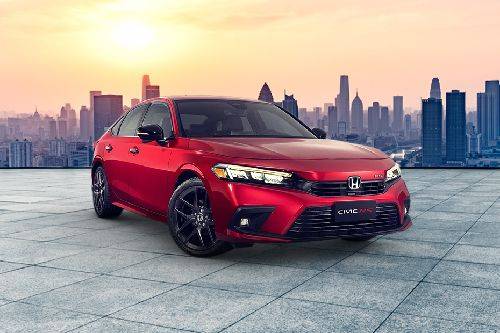
|
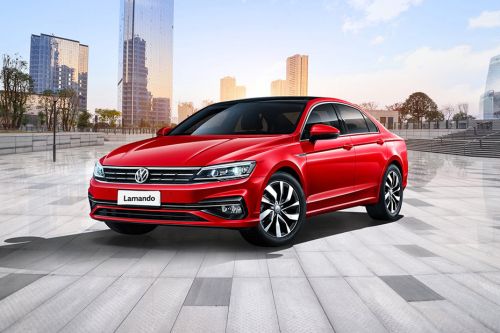
|
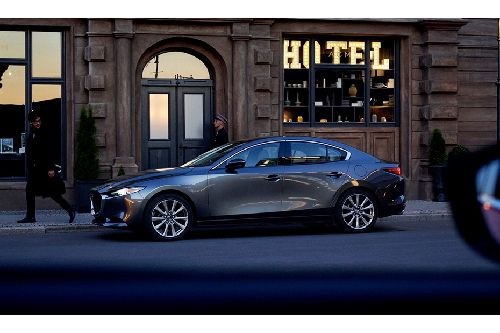
|
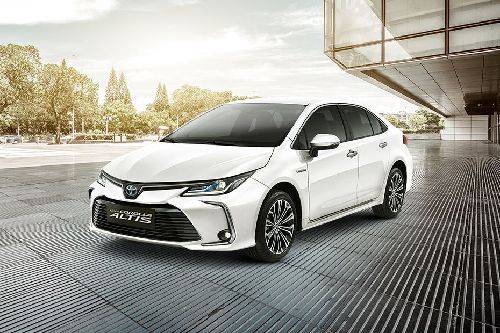
|
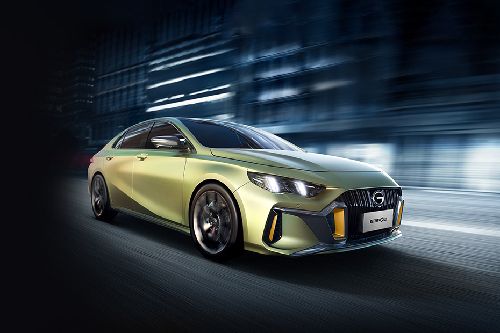
|
|
Length
4678 mm
|
4598 mm
|
4660 mm
|
4630 mm
|
4700 mm
|
|
Width
1802 mm
|
1826 mm
|
1795 mm
|
1780 mm
|
1850 mm
|
|
Height
1415 mm
|
1425 mm
|
1445 mm
|
1435 mm
|
1432 mm
|
|
Power
176
|
148
|
153
|
138
|
168
|
|
Torque
240 Nm
|
250 Nm
|
200 Nm
|
153 Nm
|
270 Nm
|
|
Automatic Climate Control
Yes
|
Yes
|
Yes
|
No
|
No
|
|
Rear A/C Vents
Yes
|
Yes
|
Yes
|
No
|
-
|
|
Keyless Entry
Yes
|
Yes
|
Yes
|
Yes
|
Yes
|
|
Multi-function Steering Wheel
Yes
|
Yes
|
Yes
|
No
|
Yes
|
|
Adjustable Seats
Yes
|
Yes
|
Yes
|
Yes
|
Yes
|
|
|
Trending Sedan
- Latest
- Upcoming
- Popular
Honda Civic Car Articles From Carmudi
- journal
